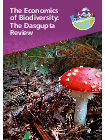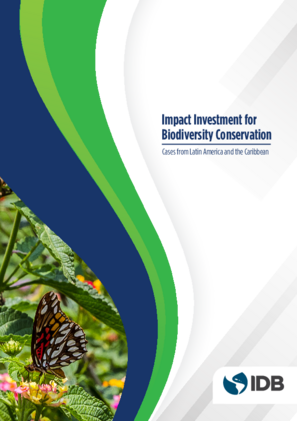A new study about marine protected areas (MPAs) was recently published that will help steer high-level discussions for biodiversity goals over the next decade. Global targets have sought to protect 10% of the ocean by 2020[1], and upcoming talks at CBD COP 15 will decide if those goals should be extended to 30% by 2030.
The new study, “Protecting the ocean for biodiversity, food and climate,” lead by scientists from the National Geographic Pristine Seas program (among numerous other collaborators), evaluated how best to distribute marine protection in the future to maximize benefits in terms of conserving wildlife, fisheries, and carbon sequestration. Among many hypothetical scenarios around those benefits, they found that, under the study’s assumptions, 90% of biodiversity benefits could be achieved by a globally coordinated MPA network that effectively protects 21% of the global ocean. Furthermore, if countries pursued their own priorities independently, without global coordination, we would need to protect 44% of the ocean to achieve the same biodiversity impact. A multi-priority approach that equally balances food provisioning against biodiversity conservation would achieve 71% of biodiversity benefits, 92% of food provisioning benefits, and 29% of carbon benefits by protecting 45% of the ocean. The results demonstrate the importance of international partnerships and highlights the importance of finding a balance between area versus quality. The common concern is that a lack of MPA effectiveness combined with the tendency of establishing MPAs only in politically expedient areas undermines their potential to conserve biodiversity and support maritime economies worldwide.
From a biodiversity finance perspective, there are two major takeaways from this paper. First, international collaboration and coordination could drastically reduce the amount of MPAs needed to reach biodiversity goals. The coordinated placement of new MPAs combined with increasing effective management could mean less financial capital is required for establishing and operating marine protected areas than previously believed. In addition, the study found that a multi-goal oriented, internationally collaborative MPA network could reach biodiversity goals while also improving future prospects for fisheries, and up to 71% of the ocean could be protected at zero net cost to fisheries. Opportunity costs for fishers have long been a concern of expanding MPAs and this shows that, again with the proper international planning and cooperation, that fisheries could even benefit from well planned MPA networks and even approaches that prioritize biodiversity conservation could come at minimal cost. It also weakens the argument for continuing harmful fishery subsidies if marine conservation goals can come at minimal financial impact.
But perhaps the most surprising results were those demonstrating how bottom-trawling and dredging, fishing techniques that drag gear along the bottom of the ocean kicking up carbon rich sediment, may currently release 580 million metric tons of aqueous CO2 per year. Much of this is emitted into the atmosphere and is equal to more than half the annual emissions from air travel, not to mention implications for ocean acidification and the ability for the sea to absorb carbon. If these fishing methods were curtailed, that scale of emissions reduction could also be valued at tens of billions of dollars per year, some of which could be leveraged by MPAs via carbon credits generated from protecting the seabed from dredging and other activities that disturb the sediment. There are of course substantial legislative and market barriers in the way of realizing this income, but it is nonetheless exciting because it has the potential to deliver more than enough income to financially support the expansion and long term operations for all the world’s MPAs, most of which are ineffective largely due to insufficient funds.
Written by John Bohorquez





